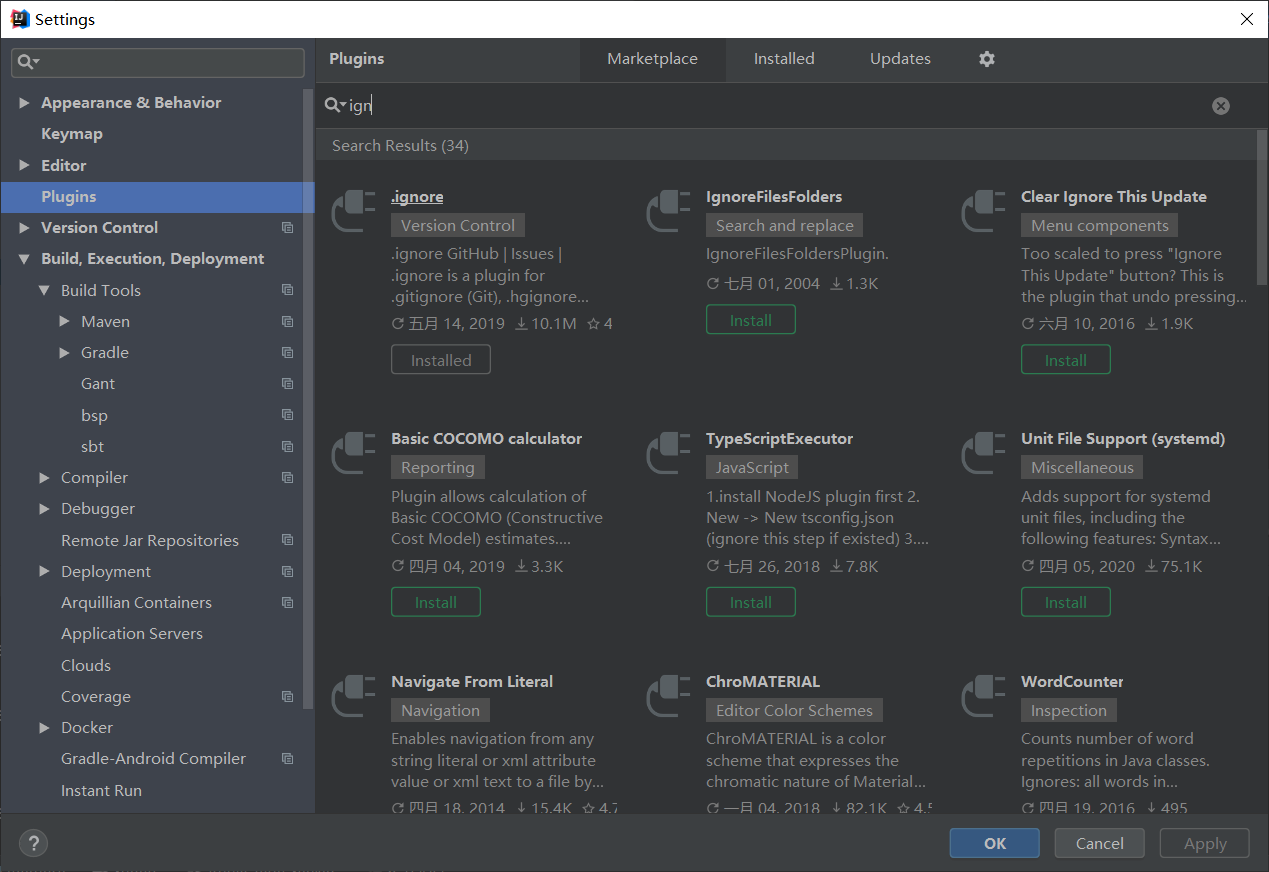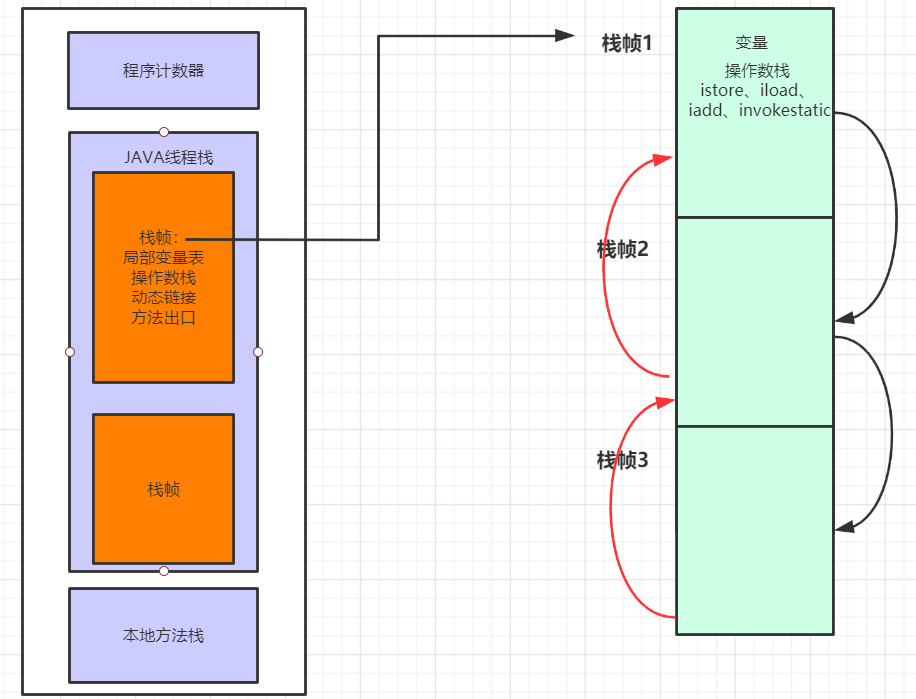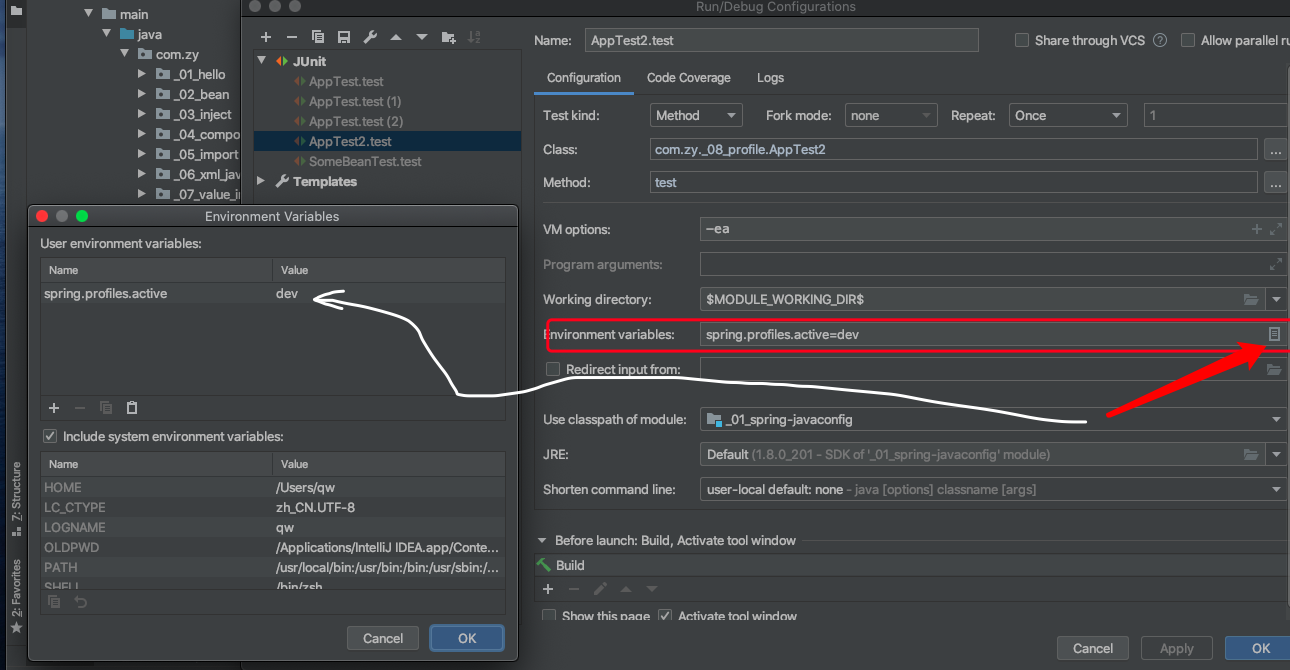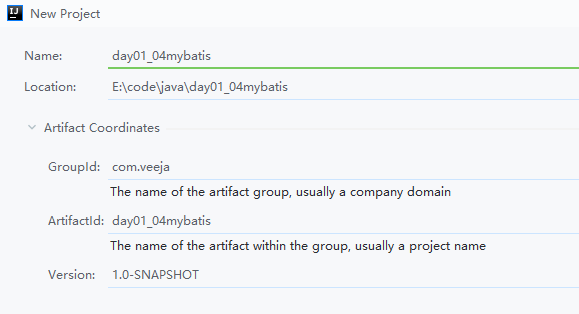前端js中this指向及改变this指向的方法
一、 this
this是JS中的关键字, 它始终指向了一个对象, this是一个指针;
参考博文:
this指向及改变this指向的方法
二、 this显示绑定和隐式绑定
- this显示绑定
含义: 当一个函数没有明确的调用对象的时候, 也就是单纯作为独立函数调用的时候, 将对函数的this使用默认绑定: 绑定到全局的window对象
在显式绑定下: 函数将取得在“ 包含对象“ 里的永久居住权, 一直都会” 住在这里“

1.1 全局函数
function fire() {console.log(this === window); //fire此时是全局的方法,this指向window}fire(); // 输出true
1.2 函数内嵌套函数
function fire() {// 我是被定义在函数内部的函数哦!function innerFire() {console.log(this === window); //未明确调用对象,this指向window}innerFire(); // 独立函数调用}fire(); // 输出trueinnerFire();
示例:
var a = 1;console.log(this.a); //1 因为此时this指向了window,因而调用1function fire() {var a = 2;console.log(this.a); //1 因为此时this指向了window,因而调用1function innerFire() {var a = 3;console.log(this.a); //1 因为此时this指向了window,因而调用1}innerFire();}fire(); //输出1
与作用域的区别: 全局作用域和局部作用域, 去掉this可发现区别
var a = 1;console.log(a); //1 a在全局作用域function fire() {var a = 2;console.log(a); // 2 fire函数作用域function innerFire() {var a = 3;console.log(a); //3 此时打印输出a,a在innerFIre作用域。从自身作用域查找变量,未找到才网上查找}innerFire();}fire();
1.3 对象内层函数内部函数
var obj = {fire: function () { //此时的fire函数其实用到了隐式绑定function innerFire() {console.log(this === window); //未明确调用对象,this指向window}innerFire();}}obj.fire(); //输出 true
示例:
var a = 1;console.log(this.a); //1 this指向全局变量windowvar obj = {a: 2,fire: function () {var a = 3;console.log(this.a); //2 因为是obj.fire(),调用了fire函数,因为this指向了obj,输出了obj下的a=2function innerFire() {var a = 4;console.log(this.a); //1 未明确调用对象,this指向window}innerFire(); //没有明确调用的对象console.log(this.a); //2 this指向obj}}obj.fire();
2、 this隐式绑定
a.隐式绑定
当函数被一个对象“ 包含” 的时候, 我们称函数的this被隐式绑定到这个对象里面, 这时候, 通过this可以直接访问所绑定的对象里面的其他属性, 比如下面的a属性
在隐式绑定下: 函数和只是暂时住在“ 包含对象“ 的旅馆里面, 可能过几天就又到另一家旅馆住了

var obj = {a: 1,fire: function () { //此时函数的this被隐式绑定到了对象objconsole.log(this == obj); // obj中有fire函数,因而默认this指向objconsole.log(this.a); // 1 this.a 相当于obj.a =1}}obj.fire(); // 输出1
相同的方法:
fire函数并不会因为它被定义在obj对象的内部和外部而有任何区别,
function fire() {console.log(this.a)}var obj = {a: 1,fire: fire}obj.fire(); // 输出1
b.动态绑定:
this实在代码运行期绑定而不是在书写期
var obj = {a: 1, // a是定义在对象obj中的属性 1fire: function () {console.log(this.a)}}var a = 2; // a是定义在全局环境中的变量 2obj.fire(); //1 此时fire的指向时objvar fireInGrobal = obj.fire; //因为fireInGrobal是全局变量,this对于obj的绑定丢失,绑定到了全局windowfireInGrobal(); // 输出 2 输出全局变量啊var a = 2;var obj = {a: 1, // a是定义在对象obj中的属性fire: function () {console.log(this.a)}}function otherFire(fn) { //全局函数,this绑定windowfn();}otherFire(obj.fire); // 输出2 this对于obj的绑定丢失,绑定到了全局this上面var obj = {a: 1,obj2: {a: 2,obj3: {a: 3,getA: function () { //obj3.getA() this绑定到了obj3当中console.log(this.a)}}}}obj.obj2.obj3.getA(); // 输出3
三、 this指向
this的指向不是由定义this决定的, 而是随脚本解析自动赋值的。
1. 全局环境作用域: this在全局环境始终指向window
变量形式
console.log(this === window) // trueconsole.log(window.alert === this.alert) // trueconsole.log(this.parseInt("021", 10)) // 21var fruit = "banana"; // 定义一个全局变量,等同于window.fruit = "banana"
2. 函数环境 作用域: 函数由谁调用, this就指向谁
2.1 非严格模式
function fn() {console.log(this); //window}fn() === window; // true;window.fn(),此处默认省略window
2.2 严格模式
a 全局环境下, this指向window
"use strict";this.b = "MDN";console.log(this == window) // "MDN"console.log(b) // "MDN"
b 函数环境下, this为undefined
function fn() {"use strict"; // 这里是严格模式console.log(this); //window}fn() === undefined //true
3 对象中的方法函数调用: 指向 该方法所属的对象
隐式调用
var obj = {a: 1,fn: function () {return this;}}console.log(obj.fn() == obj); //true 函数被obj调用,指向obj
this动态绑定
var obj = {a: 1,fn: function () {return this;}}console.log(obj.fn()); //1 函数被obj调用,指向obj,输出obj的a=1var a = 2;var newfun = obj.fn; //此时更改this指向为全局变量newfunnewfun(); //2 ,this访问全局变量a=2
4 在构造函数中: this始终指向新对象

function Person(age, name) {this.age = age;this.name = nameconsole.log(this) // 此处 this 分别指向 Person 的实例对象 p1 p2}var p1 = new Person(18, 'zs')var p2 = new Person(18, 'ww')

5 通过事件绑定的方法: this 指向 绑定事件的对象
oBtn.onclick = function () {console.log(this); // btn}<button id = "btn" > hh < /button>
6 定时器函数: 因为是异步操作, this 指向 window
延时函数内部的回调函数的this指向全局对象window( 当然我们可以通过bind方法改变其内部函数的this指向)
我们常见的window属性和方法有alter, document, parseInt, setTimeout, setInterval, location等等, 这些在默认的情况下是省略了window前缀的。( window.alter = alter)。
6.1 普通定时器
setInterval(function () {console.log(this); // window}, 1000);

6.2 定时器嵌套
function Person() {this.age = 0;setTimeout(function () {console.log(this);}, 3000);}var p = new Person(); //3秒后返回 window 对象
6.3 可以改变this指向 - 想见三方法
function Person() {this.age = 0;setTimeout((function () {console.log(this);}).bind(this), 3000);}var p = new Person(); //3秒后返回构造函数新生成的对象 Person{...}
7 自执行函数(匿名函数): 指向全局变量window
(function inner() {console.log(this); //this ==> window})();
8 箭头函数
要点:
a. 箭头函数的this是在定义函数时绑定的, 不是在执行过程中绑定的b. 箭头函数中的this始终指向父级对象c. 所有 call() / apply() / bind() 方法对于箭头函数来说只是传入参数, 对它的 this 毫无影响。var obj = {a: 1,fn: () => {//箭头函数中的this始终指向定义时的环境//箭头函数中的this始终指向父级对象console.log(this); //对象内的this调用时一般指向obj,而箭头函数在创建时就指向了obj的父级对象window}}obj.fn(); //window
四、 更改this指向
每个Function构造函数的原型prototype, 都有方法
call(), apply(), bind()
总结: a call(), apply() 在特定作用域调用函数 b bind() 会创建一个函数的实例, this会被绑定到bind() 函数 bing() 绑定this, bind()() 调用函数
call() 方法
var Person = {
name: "zhangsan",age: 19
}
function aa(x, y) {
console.log(x + "," + y);console.log(this);console.log(this.name);
}
aa(4, 5); //this指向window—4,5 window 空
aa.call(Person, 4, 5); //this指向Person—4,5 Person{}对象 zhangsan

2. apply() 方法
apply() 与call() 非常相似, 不同之处在于提供参数的方式, apply() 使用参数数组, 而不是参数列表
var Person = {name: "zhangsan",age: 19}function aa(x, y) {console.log(x + "," + y);console.log(this);console.log(this.name);}aa.apply(Person, [4, 5]); //this指向Person--4,5 Person{}对象 zhangsan

3. bind() 方法
bind() 创建的是一个新的函数( 称为绑定函数), 与被调用函数有相同的函数体, 当目标函数被调用时this的值绑定到 bind() 的第一个参数上

var Person = {name: "zhangsan",age: 19}function aa(x, y) {console.log(x + "," + y);console.log(this);console.log(this.name);}aa.bind(Person, 4, 5); //只是更改了this指向,没有输出aa.bind(Person, 4, 5)(); //this指向Person--4,5 Person{}对象 zhangsan

存储this指向到变量中
var oDiv1 = document.getElementById(“div1”);
oDiv1.onclick = function () {var _this = this; //将this储存在变量中,而且不改变定时器的指向setTimeout(function () {console.log(_this); //注意这里是_this,而不是this-- <div id="div1">点击</div>console.log(this); //定时器的指向没有被改变--仍然是window}, 1000)
}


2、 更改this指向 - bing, call, apply
在定时器外, 在绑定事件中的this肯定指向绑定事件的对象div啊, 用call和apply都行
var oDiv1 = document.getElementById("div1");oDiv1.onclick = function () {setTimeout(function () {console.log(this); // 更改this指向为 <div id="div1">点击</div>}.bind(this), 1000)}




































还没有评论,来说两句吧...